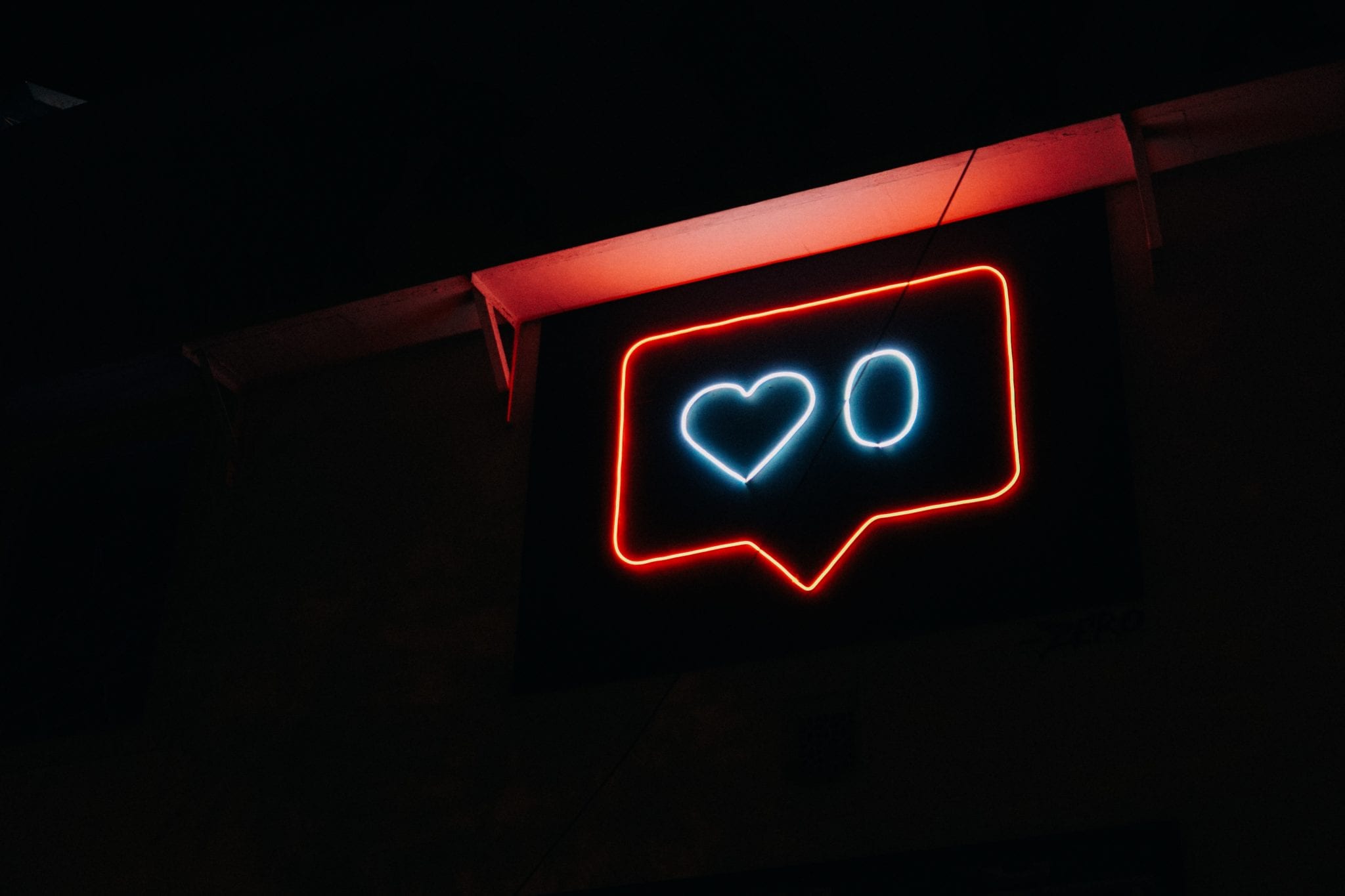I recently shared a blog post on the changing face of influencer marketing, and thought it fitting to follow up with a post on one of the industry’s greatest challenges: measurement. When is a campaign truly successful? What metrics demonstrate real impact?

Typically, marketers have looked to likes, sales and impressions, to name but three. However, ultimately, there are more variables at play and there is no one size fits all approach.
The strength of the casting, the influencer marketing strategy and “genuine influence” will all play a role in determining a campaign’s success.
A simple place to start when setting influencer marketing KPIs is to consider how influencers can help achieve a specific business need.
For example, if the objective of the influencer collaboration is to increase sales, then actual conversions, as opposed to social media engagement, should be the priority metric when gauging results.
Unfortunately, a surprisingly high number of influencer marketing strategies still revert to the social media metric trinity of likes, comments and shares to demonstrate success.
Take “likes” (one of the most overrated measures of success). Despite Instagram hiding them in seven countries last month, they continue to be floated as indicators of success. This has given rise to a thriving bot industry with some “influencers” buying faux likes to portray a highly engaged audience in an oversaturated industry.
Next, “comments”, occasionally manipulated with bots and pods (a collective of influencers commenting on one another’s posts to boost engagement). These also need to be qualitatively appraised, as emojis or comments that have no relevance to the content hold little value.
And then there are “shares” (encompassing retweets, regrams and reposts) that are a value add from a brand awareness perspective. A discussion on influencer marketing metrics would be incomplete without discussing “reach and impressions.” Admittedly, these metrics are notorious amongst marketers, and for good reason. They’re often used in isolation, where they mean nothing. Reaching a target demographic, and influencing its behaviour and inspiring it to take action, are two very different results. Needless to say, the latter is what we, as marketers, should be aiming for. It is always important to consider how the audience might interpret and respond to the content.
Finally, sales and conversions are key metrics of success for many brands. It goes without saying that if this is an objective, then the consumer journey from the influencer content needs to be tracked where possible using trackable links and/or exclusive codes to establish ROI. A high following does not equate to sales (as seen in May of this year, when an influencer with over two million followers infamously couldn’t sell just 36 t-shirts!).
Cast your influencers based on a bespoke business need, and measure success based on how well those influencers can meet, and potentially exceed, said need.



